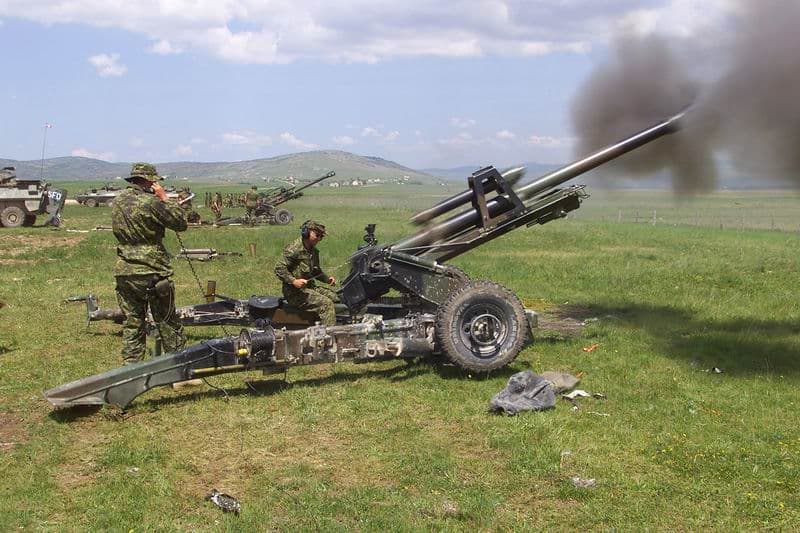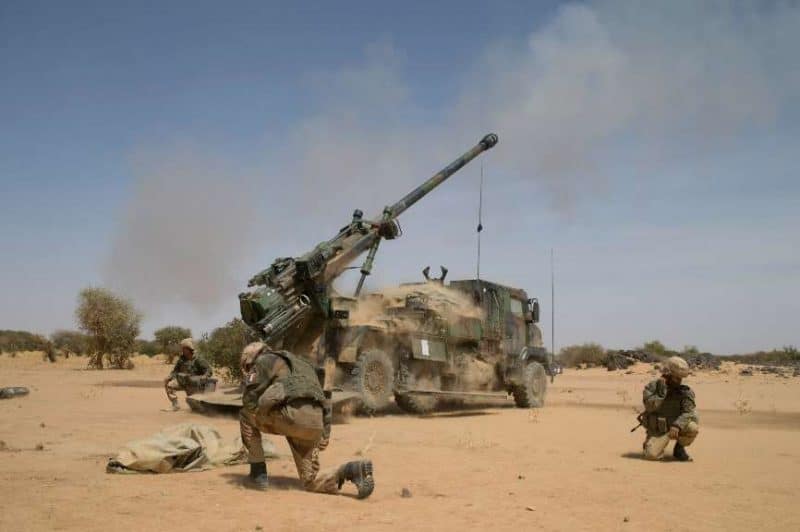Of all the military equipment that has known fame in Ukraine, the CAESAR 155 mm truck artillery system, designed and built by the French Nexter, is unquestionably one of those with the greatest operational success. and who comforted its commercial success for this reason. According to Ukrainian information, the 18 Caesars sent by France to Ukraine from the month of May would indeed have destroyed hundreds of Russian weapons and positions, of 180 different types of equipment. At the same time, it seems that only one CAESAR would have been destroyed in combat, although most systems now have to go into regeneration maintenance, due to heavy use.
Be that as it may, the CAESAR has shown the relevance of its concept combining firepower and mobility, allowing the systems to have efficiency and survivability at least as efficient, including in high-intensity engagement, as tracked systems. under armor like the American M109, the Polish Krab or the German Pzh2000, systems that are considerably more expensive than the CAESAR.
In addition, the specific characteristics of the system made it possible to develop specific tactics, such as artillery raids allowing to strike in the depth of the enemy device and to withdraw even before this one can reply. It is therefore not surprising that several CAESAR-inspired systems have been designed by most of the world's major BITDs, from China Asked United States, Russia au Japan et Israel.
On the strength of this success, one may wonder whether the concept that gave birth to the CAESAR, that is to say the association of an automated artillery system with a highly mobile vehicle on wheels, favoring this mobility over protection passive like shielding, cannot be declined or extended to other equipment, making it possible to make the CAESAR no longer a system, but a real family of artillery equipment that can take advantage not only of certain technological but also doctrinal convergences and logistics. It seems that Nexter, as well as the whole of the BITD on French land, have the skills but also the systems necessary for such a variation.

Thus, the French manufacturer specializing in land armaments, has in its catalog an extremely efficient 105mm light howitzer, the LG1. With a mass of only 1,6 tonnes, it can hit targets up to 17 km away, with specialized shells or with added propulsion. Its loading system also makes it possible to sustain a rate of fire of 12 rounds per minute, which makes it a highly appreciated weapon for forces operating in difficult environments, such as the Malaysian, Indonesian, Thai and Colombian armies, which must be able to employ them in the jungle.
This artillery system could, like the 155 mm gun of the CAESAR, take place on board a vehicle on wheels, whether it is 6×6 or even 4×4, since its mass as a its ammunition and servants, remains less than 2,5 tons. A 4X4 armored vehicle like the Serval, and even high mobility light armored vehicles like the Scarab of Arquus, could thus be equipped with the LG1, to make it a couple just as formidable as the CAESAR is today for a “commando” version of the self-propelled artillery.

The rest of this article is for subscribers only
The Classic subscriptions provide access to
all articles without advertising, starting at € 1,99.
Newsletter subscription
Register for the Meta-Defense Newsletter to receive the
latest fashion articles daily or weekly


[…] […]
[…] already mentioned on this site, the increase in the caliber of conventional artillery would have certain attractions, […]
[…] As already mentioned on this site, the increase in the caliber of conventional artillery would have certain attractions, in particular to be able to effectively send, as specified in the Chinese announcement, an 85kg projectile, i.e. double the size of a shell 155mm, with a muzzle exit speed of 920 m/s, the speed reached by a 155mm shell with a long barrel. Such targets would allow the Chinese gun to hit distant targets of the order of 40 to 50 km with a conventional shell, and of the order of 80 km with a shell with added propulsion. In addition, such a shell would indeed have significant destructive power, for overcoming, for example, bunkers designed to resist 155mm shells or 122mm rockets, as it will probably lack if an operation against Taiwan comes. to be launched. […]